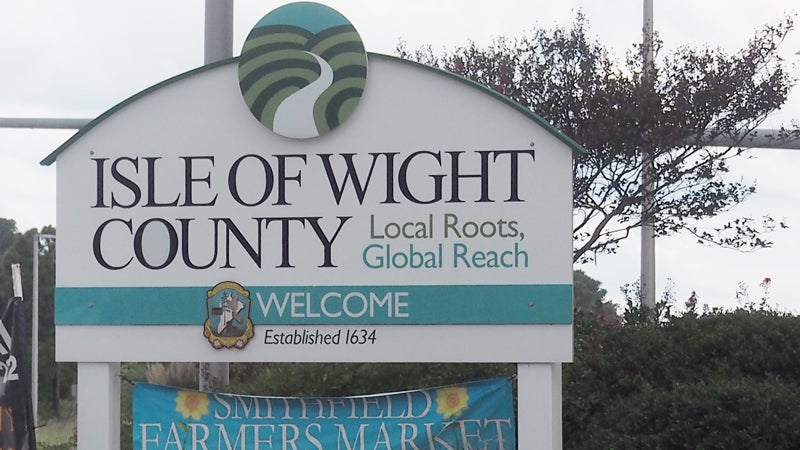EDA talks opposing increased buffers for industrial zoning
Published 11:29 am Monday, October 14, 2024

- FIle photo
Isle of Wight County’s Economic Development Authority is planning to oppose proposed changes to the county’s zoning ordinance that would increase the minimum distance required between industrial-zoned properties and residential communities.
On Sept. 24, the county’s Planning Commission proposed increasing the minimum setback from 100 feet to 300 feet and requiring developers seeking industrial rezoning to complete a sound study when the site would adjoin residential-zoned land.
The 300-foot minimum Commissioner Jennifer Boykin proposed is an increase from the 250-foot minimum proposed prior to the September meeting. Boykin had also proposed the sound study requirement.
EDA board member Sharon Corey Stallings contends the increased setback and required sound study would decrease the maximum square footage of what could be built on EDA-owned parcels the county is trying to sell while also increasing the cost to developers by extending the distance to connect utilities to a site.
“It could be a detriment to some of the projects that we may be looking at in the future,” said EDA board member James Ford, who also serves on the Planning Commission.
Ford, at the Sept. 24 Planning Commission meeting, had urged another review of the draft ordinance prior to advertising it for a public hearing. Once a date is set for the hearing, the EDA plans to author a memorandum outlining its reasons for opposing the changes.
“What I don’t like is every building would have to do (a sound study) whether they’re noisy or not,” Stallings said.
“If you feel strongly about this, you need to make that known,” Ford told fellow commissioners.
I’m disappointed the EDA is opposing the proposed changes to the Planned Industrial ordinance,” Boykin told The Smithfield Times. “A 300-foot setback vs a 250 foot one, only required in cases where an industrial site would be built adjacent to a residential community, would be a very negligible cost to a developer compared to the benefit it could be to its residential neighbor’s quality of life and potential impact on their property values.”
Isle of Wight Economic Development Director Kristi Sutphin contends the new setbacks may also impact the sale of the Keurig Dr Pepper manufacturing plant in the Shirley T. Holland Intermodal Park. Keurig announced earlier this year that the plant would shutter by Dec. 31.
According to Sutphin, any purchaser who proposed expanding the 330,000-square-foot plant, which is designed to be expandable up to 800,000 square feet, would be subject to the new setback regulations if adopted. The EDA is working with Keurig to help market the facility to prospective buyers.
The proposed setback changes, according to Sutphin, were likely spurred by opposition among residents of the town of Windsor’s Lover’s Lane and Keaton Avenue neighborhoods to a multi-warehouse complex dubbed the Tidewater Logistics Center, which county supervisors voted down in June. Tidewater Logistics developer Meridian Property Purchaser LLC and its parent company, The Meridian Group, have drafted two revised site plans showing four warehouses instead of the original five proposed, though, according to Isle of Wight Community Development Director Amy Ring, Meridian has yet to officially reapply for industrial zoning. To do so within less than a year of the supervisors’ June 13 rejection of the original site plan, the resubmitted plans would need to be deemed sufficiently different by her and the supervisors to warrant a waiver of the one-year waiting period.
“In the case of Tidewater Logistics, the EDA was OK with as little as 105-foot setback on some areas of the initial site plan,” Boykin said. “I feel that the members of all county Boards should look at situations such as affecting Lovers Lane residents through a lens as if they were the ones personally affected by it. I feel these ordinance changes are a positive step forward to balancing citizen’s concerns and the county’s financial needs.”
The 100-foot minimum setback required under the existing ordinance “was never an issue until there was a specific project that people were concerned about,” Stallings said.
Each of Meridian’s revised site plans shows a 42-foot-wide, 6-foot-tall berm set back 50 to 250 feet from the nearest house on Keaton Avenue, creating at least a 280-foot buffer between the neighborhood and the closest warehouse.





